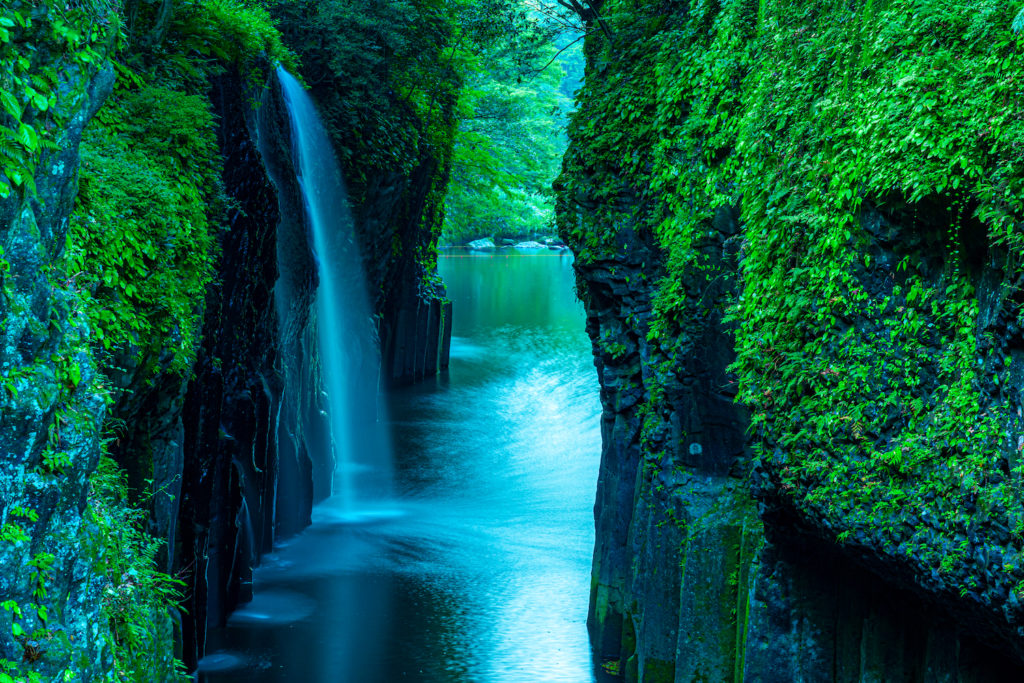
Japanese Mythology – “kami” is a deity or deities in Japanese, and there is numerous kami in Shinto, Japan. There is no sharp distinction between myth and history, here are set forth early Japanese beliefs about the creation of the universe and the Japanese islands. Let’s meet a variety of kami with colorful characters on each story of Japanese Mythology.
Table of Contents
Brief Overview of Japanese Mythology
Japanese mythology rely on descriptions mostly from Kojiki (Furukotofumi), Nihon Shoki, and Fudoki. Here we will take Kojiki, which is considered to be the oldest historical record in Japan, as our textbook for Japanese Mythology.
Kojiki, also known as Furukotofumi, is records of ancient matters consists of three volumes which were written by O no Yasumaro through old words learned by heart by Hieda no Are, at the order of Emperor Tenmu.
The first volume is dedicated to Japanese mythology and the other two volumes are dedicated to the Chronicles, starting from the first emperor to the 33rd emperor. We will focus on the first volume where the stories of the creation of Heaven and Earth, various kami, and the land of Japan.
What makes Kojiki distinctive is it uses waka (traditional Japanese poetry) in a great deal, has a consistent storytelling structure, depicting successive Emperor’s features (like he was large, had a great alignment of teeth, etc…)
- Takama-no-hara – The Plain of High Heaven
- Ashihara-Nakatsu-Kuni – The Central Land of Reed Plain
- Yomi-no-Kuni – The Underworld
We introduce you to the world of Japanese Mythology by translation of Japanese mythology of Jinja Honcho (the Association of Shinto Shrines) and using Kojiki translated by Basil Hall Chamberlain as a reference. Without giving you many details of each story, we chose to represent a relatively short version of each story and use shorter names of deities for easy reading.
Shinto Shrine: History, Architecture, and Shrine Crest
We listed up the major Japanese mythology in chronological order, but also, you can enjoy each of the myth as a single fascinating story. If you’d like to feel the flow of these myths, let’s begin from the very start, the beginning of Heaven and Earth…
Shinto: Introduction of “Way of the Kami”
1. The Beginning of Heaven and Earth – Japanese Mythology
The names of the Kami (Deities) that were born in of Takama-no-Hara (the Plain of High Heaven) when the Heaven and Earth began were Ame-no-Naka-Nushi (the Deity Master of the August Centre of Heaven), next Takami-Musubi (the High August Producing Wondrous Deity), next Kamimusubi (the Divine Producing Wondrous Deity).
These three Deities were all Deities born alone and hid their persons.
The names of the Deities that were born next from a thing that sprouted up like unto a reed-shoot when the earth, young and like unto floating oil, drifted about medusa-like, were Umashi-Ashi-Kabi-Hiko-Ji (the Pleasant Reed Shoot Prince Elder Deity), the next Ame-no-Toko-Tachi (the Heavenly Eternally Standing Deity).
These two Deities were likewise born alone and hid their persons.
Now when Chaos had begun to condense, but force and form were not yet manifest, and there was naught named, naught done.
Heaven and Earth first parted and the Three Deities performed the commencement of Creation; the Passive-Active Essences then developed and the Two Spirits became the ancestors of all things.
2. Creation of Islands and Kami – Japanese Mythology
Long long time ago, it’s a story before the land of Japan was born. There is a place called “Takama-no-Hara”, the Plain of High Heaven, where numerous kami (deities) reside.
One day, they consulted to create a new land outside of their realm, they ordered Izanagi, male deity of creation, and Izanami, female deity of creation, to perform their plan. They gave two kami “Ame-no-Nuboko”, a spear embellished with jewels.
Izanagi and Izanami stood on the Ama-no-Ukihashi, the heavenly floating bridge, observing the outer world from there, there was only chaos looked like a floating oil on the water.
They immediately put “Ame-no-Nuboko” into the sea, began stirring around vigorously.
They drew the spear up and the brine that dripped down from the end of the spear piled up and became the island of Onogorojima.
Then they landed on the island, put “Ama-no-Mihashira”, the great pillar, on the ground and started circling around the pillar.
Izanagi turned from the left, Izanami turned from the right and they met in the middle.
Izanagi says “What a fair and lovely maiden you are!” to Izanami, and Izanami says “What an admirable man you are!” to Izanagi.
They produced a lot of islands together since then.
The first one is the Island of Awaji, the next is the Island of Shikoku, the Island of Iki, the Island of Kyushu, the island of Tsushima, the Island of Sado, and the last one the Island of Honshu – the Main Island.
The eight islands were born, called Great Eight Lands. This is the beginning of the land of Japan.
3. The Underworld – Japanese Mythology
After the creation of the land of Japan complete, Izanagi, the male deity of creation, and Izanami, the female deity of creation, gave birth to a lot of kami.
However, at the birth of Kagutsuchi, the deity of fire, Izanami got burned badly and died.
Izanagi, in his deep sorrow for the loss of the loved one, left for “the Underworld” to get back his love, Izanami.
After the long and hard struggle, he managed to get to “the Underworld” only to find out Izanami-no-Mikoto couldn’t go back to the land of the living.
“Too late, my dear. You came too late. I already have had a meal here which makes me impossible to go back.”
Having heard of it, Izanagi still can’t give her up. Izanami tells him “I would go visit the kami of the Underworld to consult if there’s any way for me to come back to the land of the living with you.”
“Never ever see my figure, you dare not.”
So she left. Izanagi kept on waiting and waiting, couldn’t wait anymore and began looking around with lit fire on his comb…
What he found was hideous enough to turn his eyes away.
His beautiful spouse, Izanami turned to be an ugly, horrible creature laying her body on the ground.
Soon as Izanagi spot the scene, he turned his heels and ran away from her with his all might while his dead spouse, Izanami ran after him swinging her hair furiously.
Izanagi managed to come back to the boundary between the land of the dead and the land of the living, he blocked the door with a large rock.
Izanami is deeply frustrated and laments at the broken promise, saying “I will kill a thousand of people in your land.”
To reply, Izanagi says “If that’s the case, I will give birth to a thousand and five hundred people in my land.”
Ever since we have a lot of people die in a day, and a lot more people being born.
4. Amaterasu in a Cave – Japanese Mythology
There is a place called Takama-no-Hara, the Plain of High Heaven, where many kami reside way high up in the clear sky.
There are siblings of kami, august Amaterasu (female Sun deity) as an old sister and Susanoo as a little brother who is brawny and mischievous by nature.
One day, Amaterasu was working on the weaving. Susanoo sneaked into the place she was working and threw a horse in to surprise his older sister.
Amaterasu who is genuinely a gentle lady got mad at this time, she concealed herself in a cave called “Ama-no-iwato”.
The Consequence is disastrous, the world lost its light.
All the kami were at a complete loss, didn’t know what to do. They got together at the dry riverbed, discussed the solution.
Fortunately, there is a kami called Omoikane who is truly clever and smart; he had a plan.
Having prepared as Omoikane told, a crow of a rooster was the beginning of the party.
Ame-no-Uzume began dancing on the tub making rhythm. All other kami clapped their hands, laughing hard, and began singing along all while roosters sing along as well.
Amaterasu assumed all other kami had to be in trouble because she left, being skeptic, opened the door just slightly to see what’s going on outside of the cave.
That’s the moment Ame-no Tajikarao forcefully opened the door and the light came back to the world.
All the kami were so pleased she’s back and there was a sense of peace settled again in Takama-no-Hara.
5. The Eight-Forked Serpent – Japanese Mythology
When Susanoo came to the land of Izumo, he found a young woman and old parents of her weeping around the river.
Her name is Kushinada-Hime, the father is a son of O-o-Matsu-no-Kami named Ashina-Zuchi, and the mother is Tena-Zuchi.
Susanoo asked them the reason why and what they were weeping over. Father began to share the terrifying story.
There is “Yamata-no-orochi”, a large serpent which has eight heads and eight tails lives in the deep in the mountains.
It comes out of the mountains to the village and eats his daughters one by one each year.
Ashina-Zuchi used to have eight daughters of his, Kushinada-Hime is the only daughter he has now. And the time of the year is coming again this year…
Having heard of the story, Susanoo made his mind to slay this serpent. He made the parents make strong sake and hedges surrounding their home.
Susanoo put eight tubs full of sake in it around the hedge.
Sometime later, it got dark all of a sudden, the Eight-forked Serpent appeared making a loud eerie noise.
Sixteen eyes are burning with red, once they saw the tubs filled with sake, they started to gulp them down.
Susanoo creeps up to the Serpent, in a motion to assault, the Serpent noticed it and he had a stroke counter.
But Susanoo keeps on cutting up each one of them without flinching and finds a sword (Ame-no-Murakumo-no-Tsurugi or Kusanagi-no-Tsurugi) in the last tail of the Serpent.
Having slain the Serpent, there the peace settled once again. Susanoo tributed the sword to Amaterasu and lived with Kushinada-Hime together for long years.
6. The White Hare of Inaba – Japanese Mythology
It’s a story about what happened when Okuninushi, a descendant of Susanoo who controls the land of Izumo, and his deity brothers took a journey to the land of Inaba.
They came to the cape of Keta, found a hare crying with exposing his red burned-out skin.
The brothers told this hare to soak in seawater, let it dry with the blowing wind so it’d be healed.
The hare did just what they told him, and found himself suffering even more as the seawater dries up.
Little later, Okuninushi appeared carrying a heavy bag, found the hare and asked him what happened.
The hare told him that he had lived in Iki Island and had longed for coming to this land for a long time.
One day, the hare came up with the idea of going to the land jumping on the back of sharks when he found them swimming there.
So that the hare beguiled the shark they would play a game of counting numbers, made him gather his friends.
Starting from the island, the hare was jumping on the back of sharks all in line to the land, counting numbers.
The moment the hare was about to jump onto the land, sharks realized they had been cheated and bit the hare with wide-open mouth with sharp teeth.
Hence the hare got the skin stripped and this dismal state.
Having heard of the hare’s story, Okuninushi told him to rinse his body in a river, and roll around on the cattail bed.
Soon after that, the hare recovered the white hair on him again. Since then people call him “the white hare of Inaba”.
7. Transfer of the Land of Okuninushi – Japanese Mythology
Amaterasu was thinking about Ninigi, her grandson, to rule over Ashihara-Nakatsu-Kuni. First, She sent Take-Mikazuchi and Ame-no-Torifune to scout the land.
They descended from Takama-no-Hara, the Plain of High Heaven, to Inasa beach, the land of Izumo where Okuninushi rules.
They took out a sword and plunge it into the beach backward, sat there in a cross-legged position.
Then they asked Okuninushi if he would give the land over to kami from Takama-no-Hara, the Plain of High Heaven.
Okuninushi took a time to ponder over it, then answered he would give the land over to them if his children would agree with it.
Okuninushi has two children, Kotoshiro and Take-Minakata. Take-Minakata is a brawny male, he wouldn’t say yes to the subject.
Then, Take-Minakata and Take-Mikazuchi took measure strength.
The moment Take-Minakata took a hand of Take-Mikazuchi, it got really cold like a block of ice and became like a blade of a sword.
Take-Minakata gave up and promised his father, Okuninushi, to follow his order to give up their land.
Take-Minakata-no-Kami moved to the land of Shinano and he created and govern the land.
Okuninushi asked kami of Takama-no-Hara, the Plain of High Heaven, to create the palace just like one in the heavenly plain for him to hide and moved into it.
This is how the land of Okuninushi (the Kami of Izumo) transferred to Ninigi.
8. Ninigi’s Descent to the Earth – Japanese Mythology
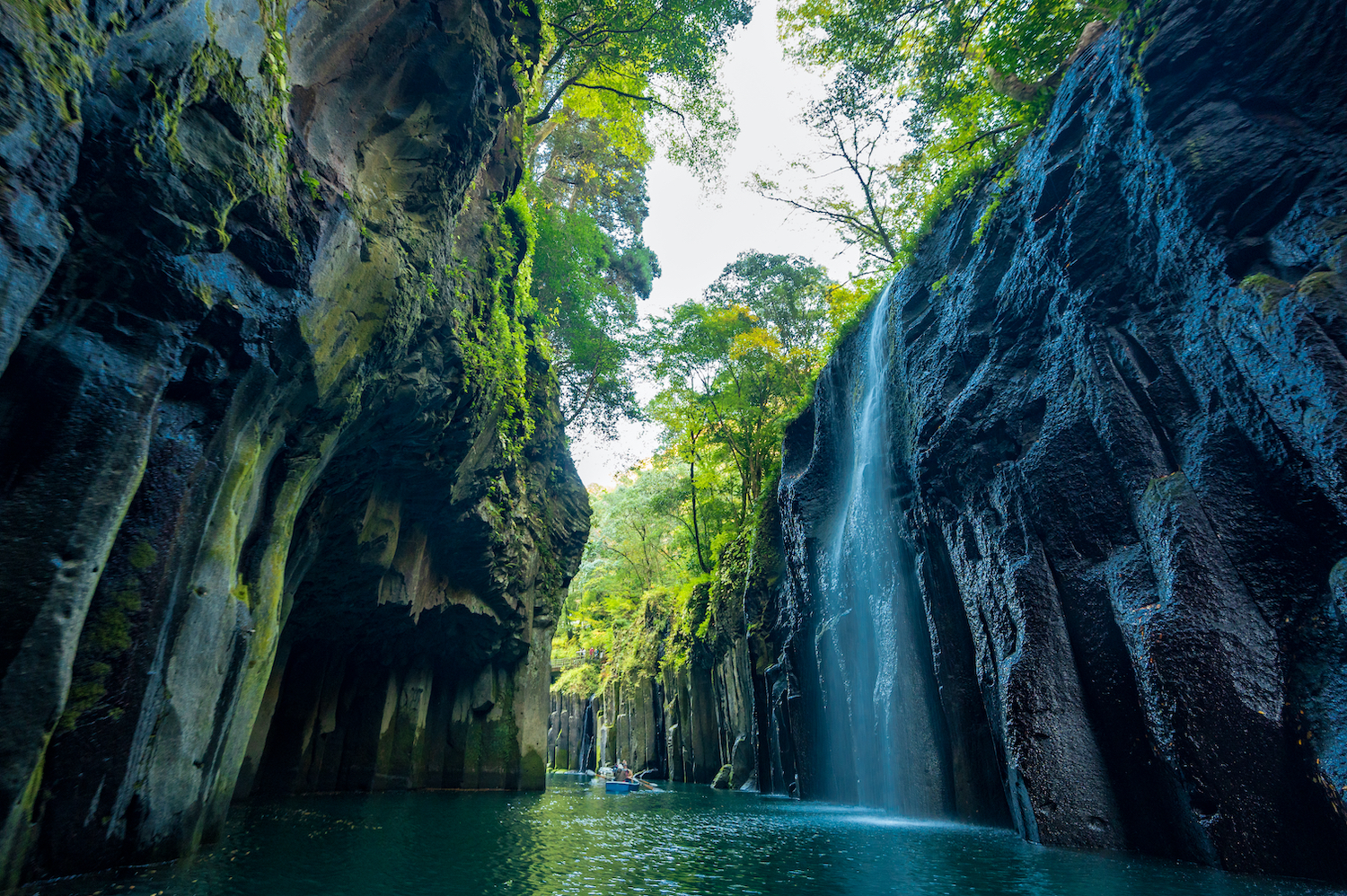
Amaterasu conferred the Three Imperial Regalia: Yata-no-Kagami (the mirror), Yasaka-no-Magatama (Jewels), and Kusanagi-no-Tsurugi (the sword), on Ninigi; she ordered him to descend and reign over Ashihara-Nakatsu-Kuni to prosper like Takama-no-Hara, the Plain of High Heaven.
Ninigi wasted no time to descend to the land accompanied by a myriad of kami from Takama-no-Hara, saw kami whom they didn’t recognize was there with radiating strange light.
Amaterasu wondered who it was, sent female deity Ame-no-Uzume to ask him why he was there.
The kami identified himself as Sarutahiko and explained that he came here to welcome Ninigi who was going to descend.
And so Ninigi let Sarutahiko guide them, pushed layers of clouds away and away, descended to the crest of Takachiho in Himuka. Ninigi built the great palace there.
One day, Ninigi met a beautiful maiden. Her name is Konohana-Sakuya-Hime, who is the daughter of OoYamatsumi.
He got permission from her father, OoYamatsumi, to marry her. But she got pregnant right after the first night, which made Ninigi suspicious about her chastity.
Konohana-Sakuya-Hime built a hut without a door, telling him that she would give birth inside the hut in order to prove her innocence.
She said if the baby in her stomach was not Ninigi-no-Mikoto’s, she would be burned to death.
There was no time for the hut burst into flames, Konohana-Sakuya-Hime gave birth to three kami without a single burn in flames.
Having proved that she’s innocent, they lived in the palace in Takachiho for a long time.
The picture above, Takachiho is the place Ninigi descended from Takama-no-Hara, the Plain of High Heaven of Japanese mythology.
Looking at this gorge, we don’t doubt deities coming from the sky.
Japanese mythology is full of drama with colorful characters. Mythologies above are the introduction for each story and there is a lot more myth to discover.
References
日本の神話 (神社本庁)
日本神話のススメ(記紀神話の解説とまとめ) (人文研究見聞録)
RECORDS OF ANCIENT MATTERS (www.sacred-texts.com)
The Legendary Past: The Age of the Gods (Asia for Educators, Columbia University)
Related Articles
Shinto Beliefs: Purity, Sincerity, and Harmony
Japan Religion: Japanese Religious Views and Belief System


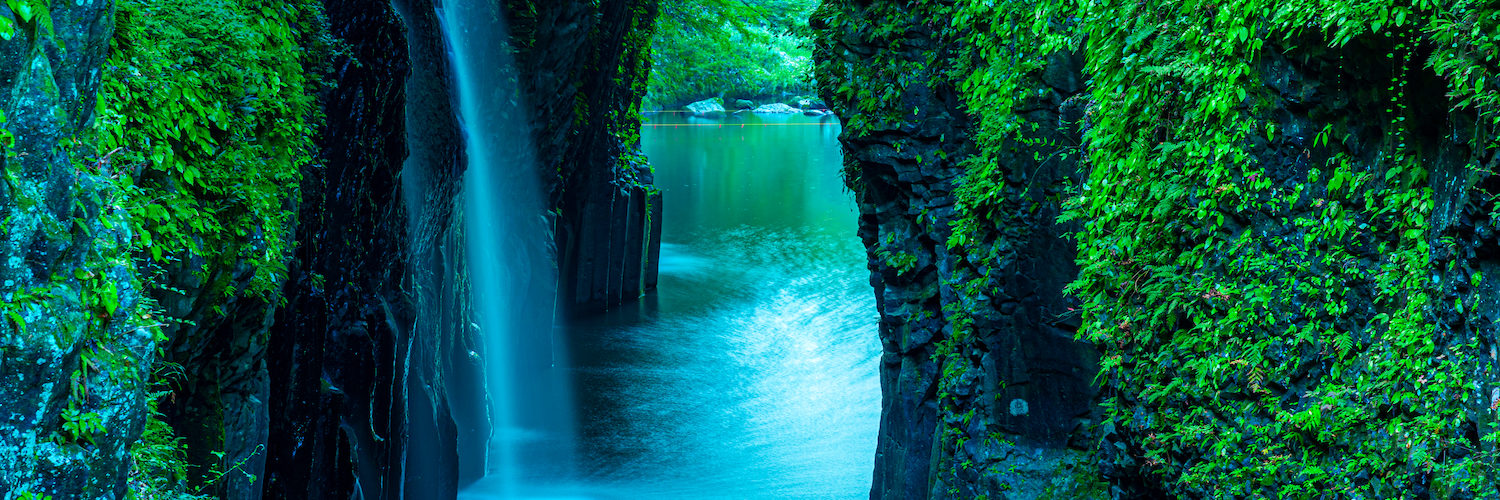
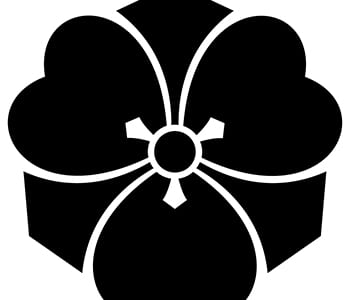
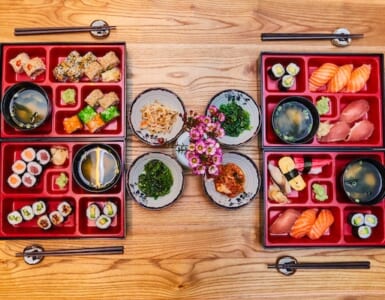
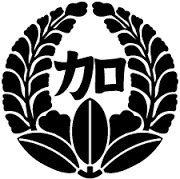


Add comment